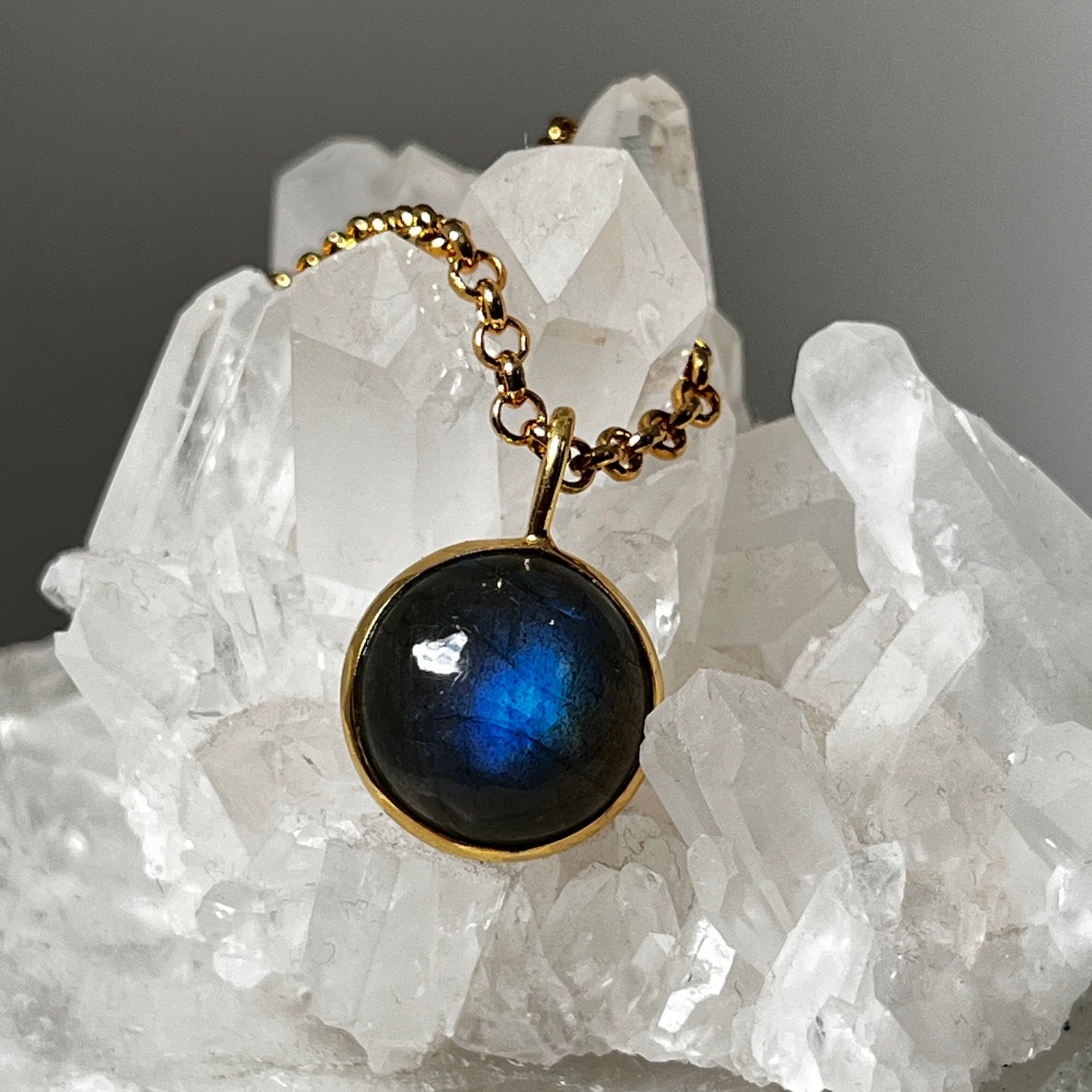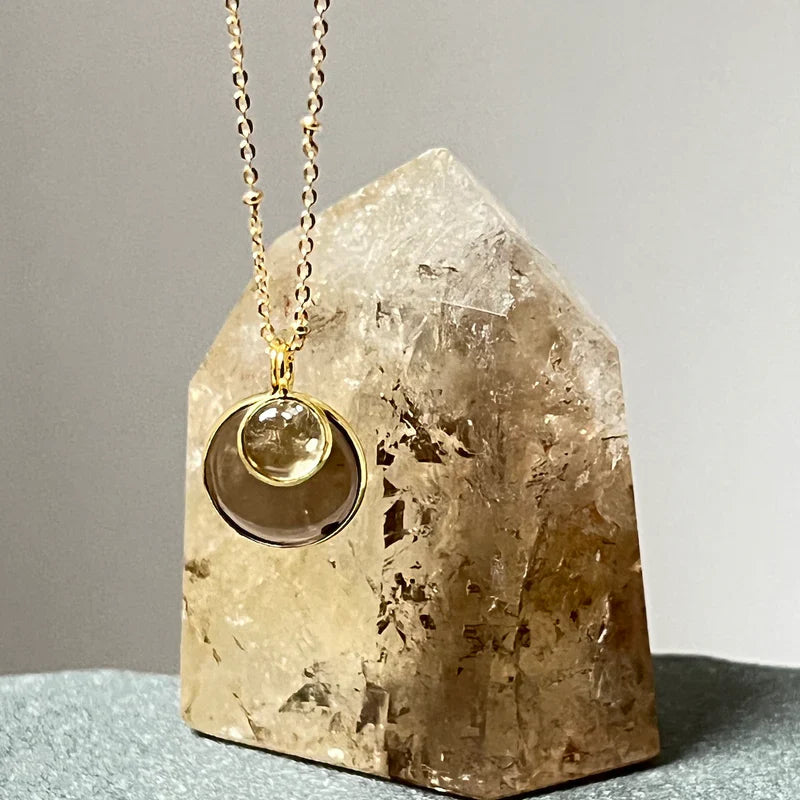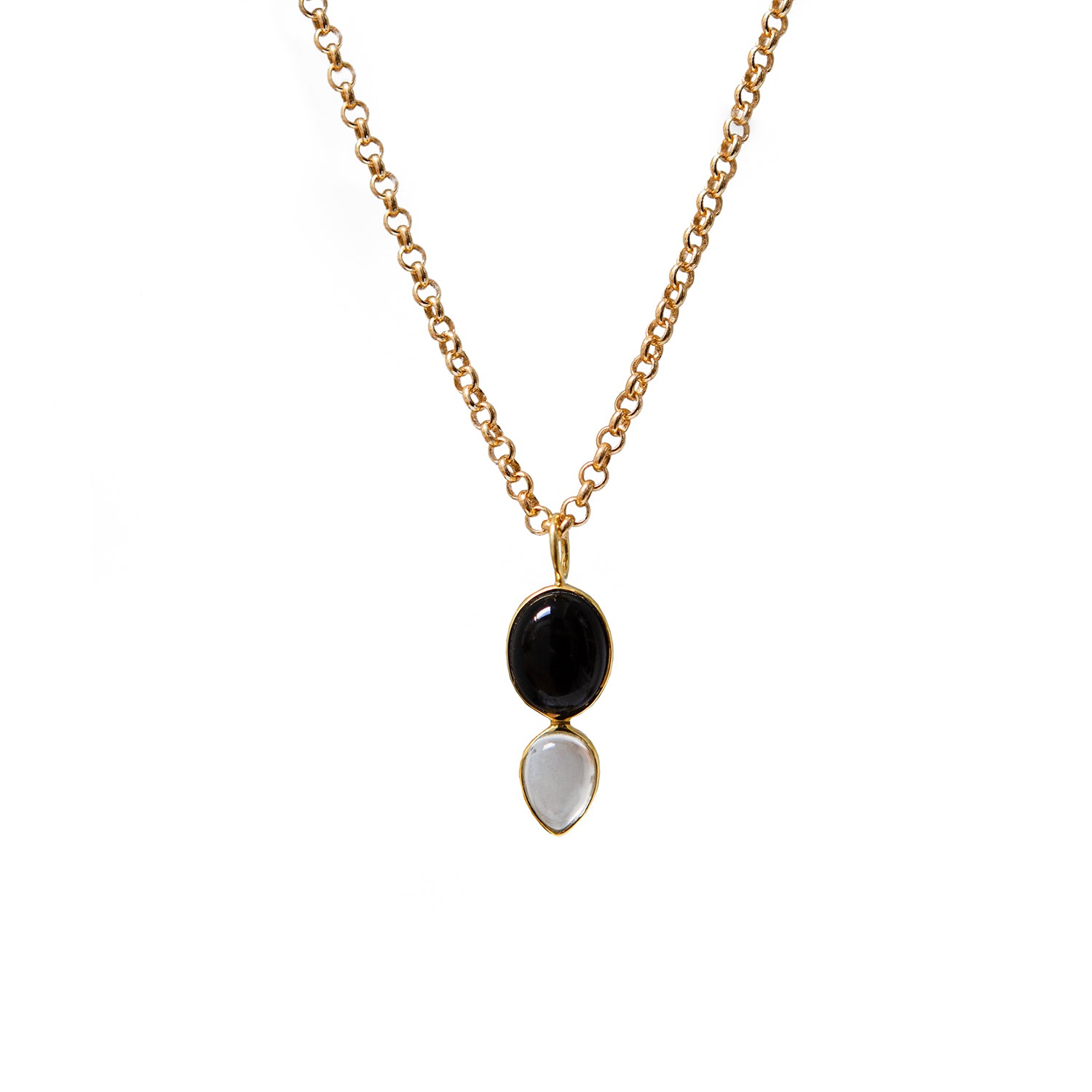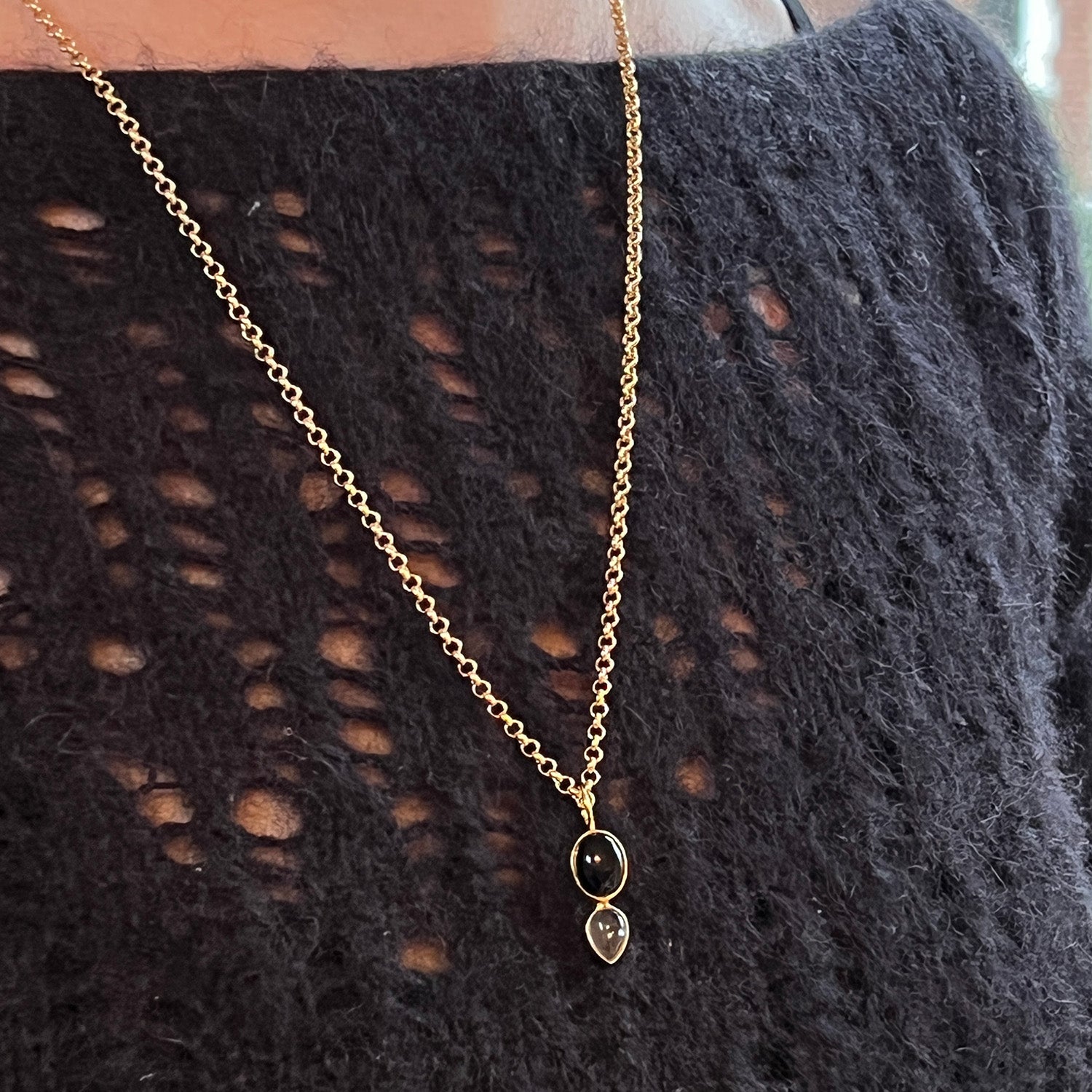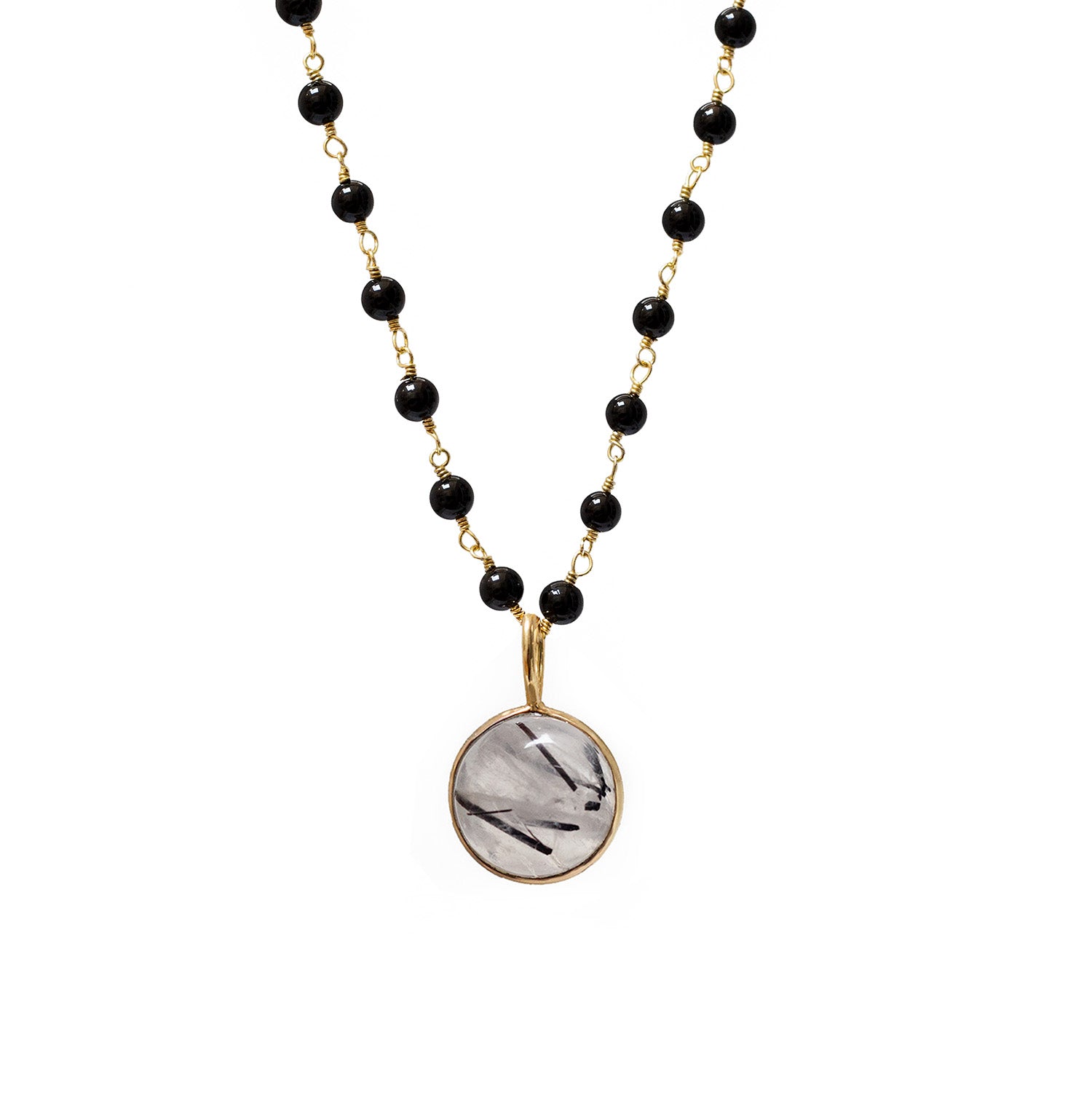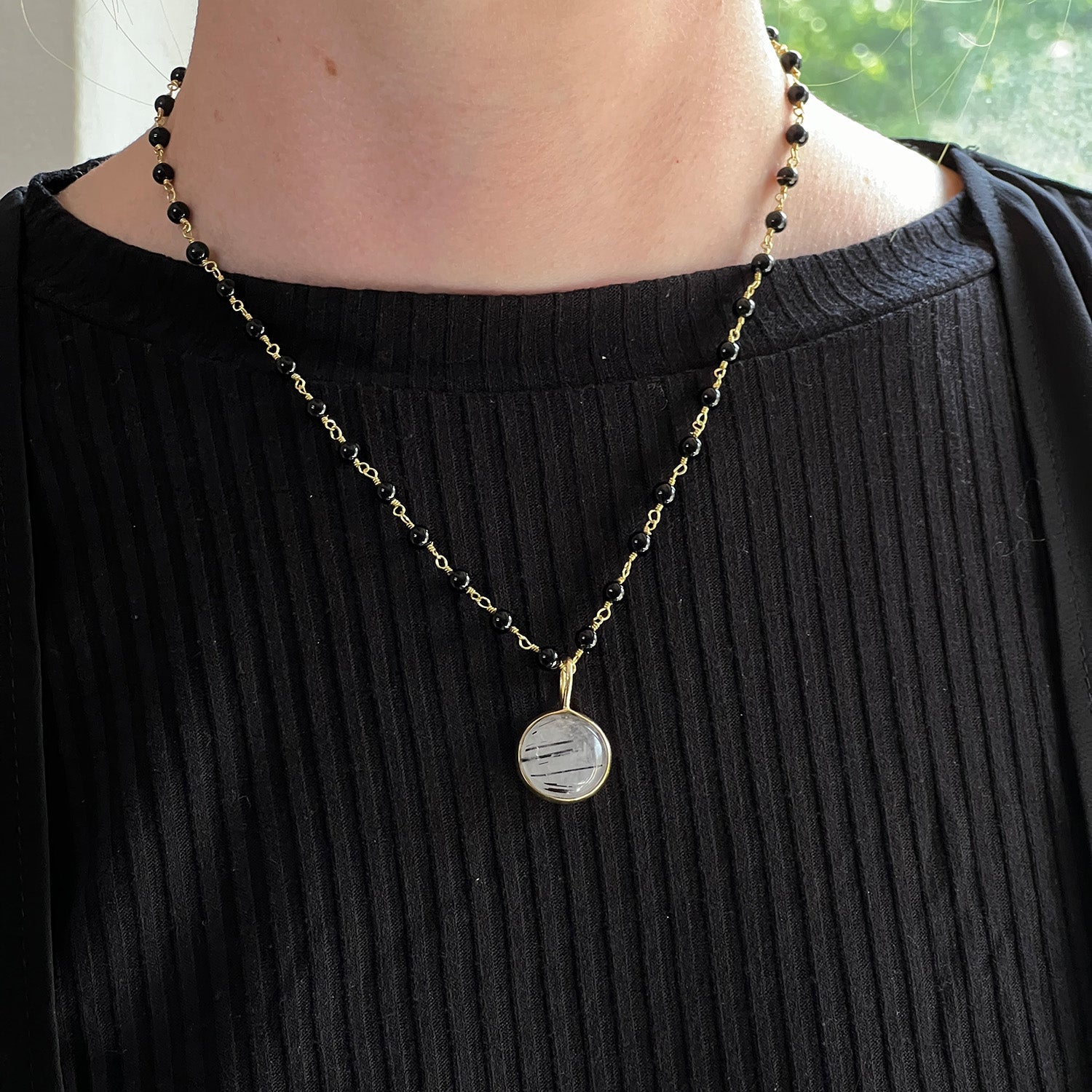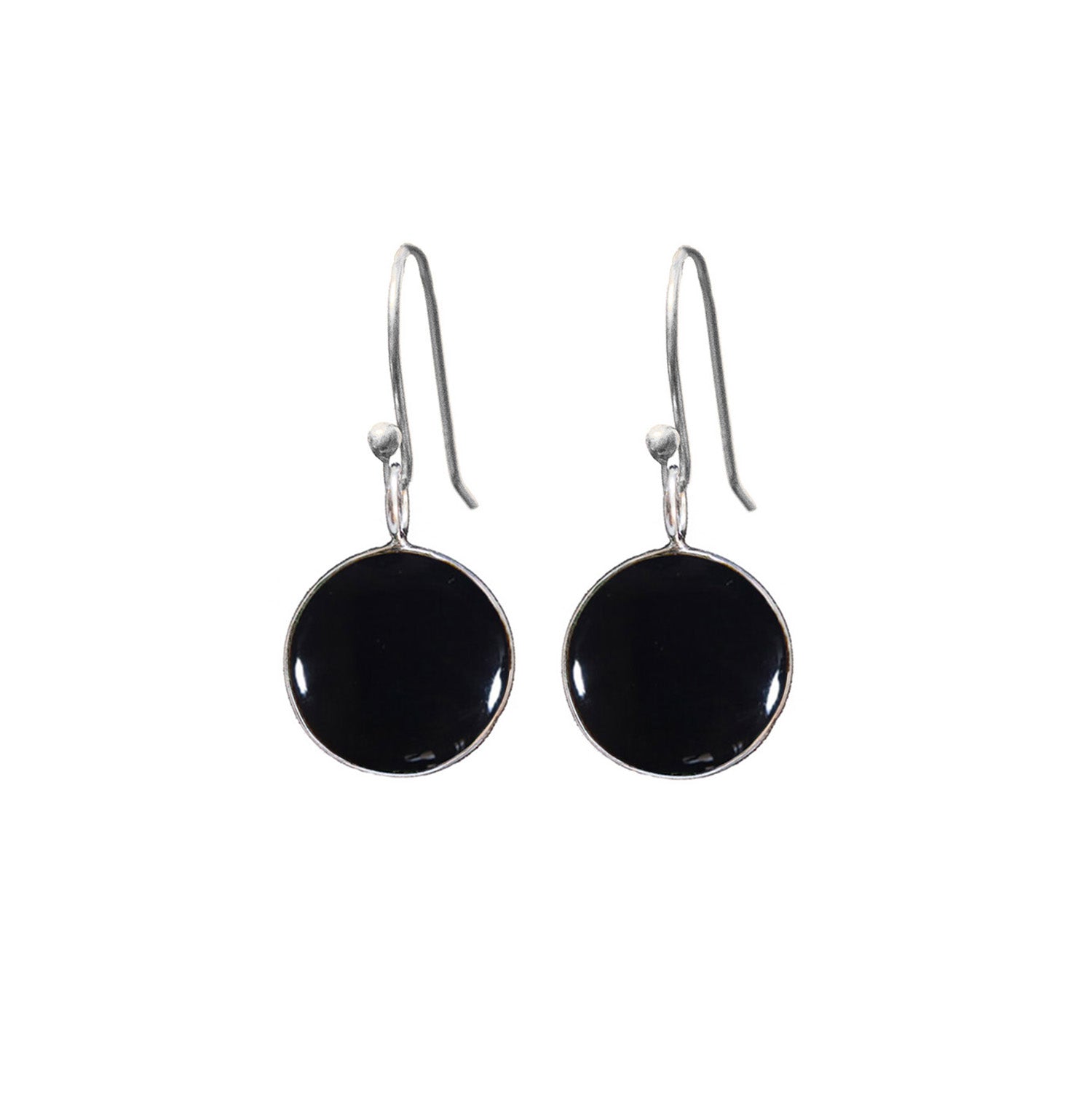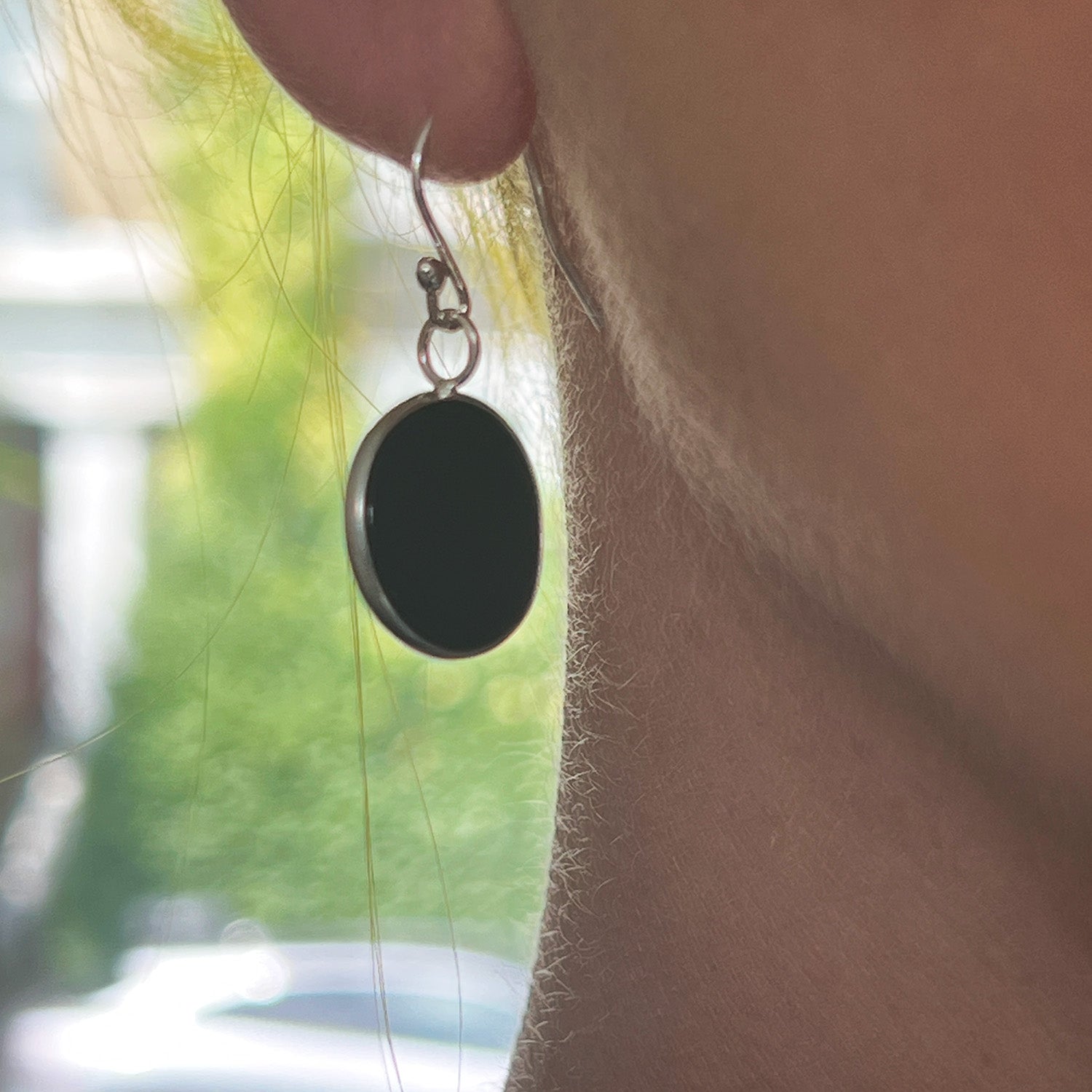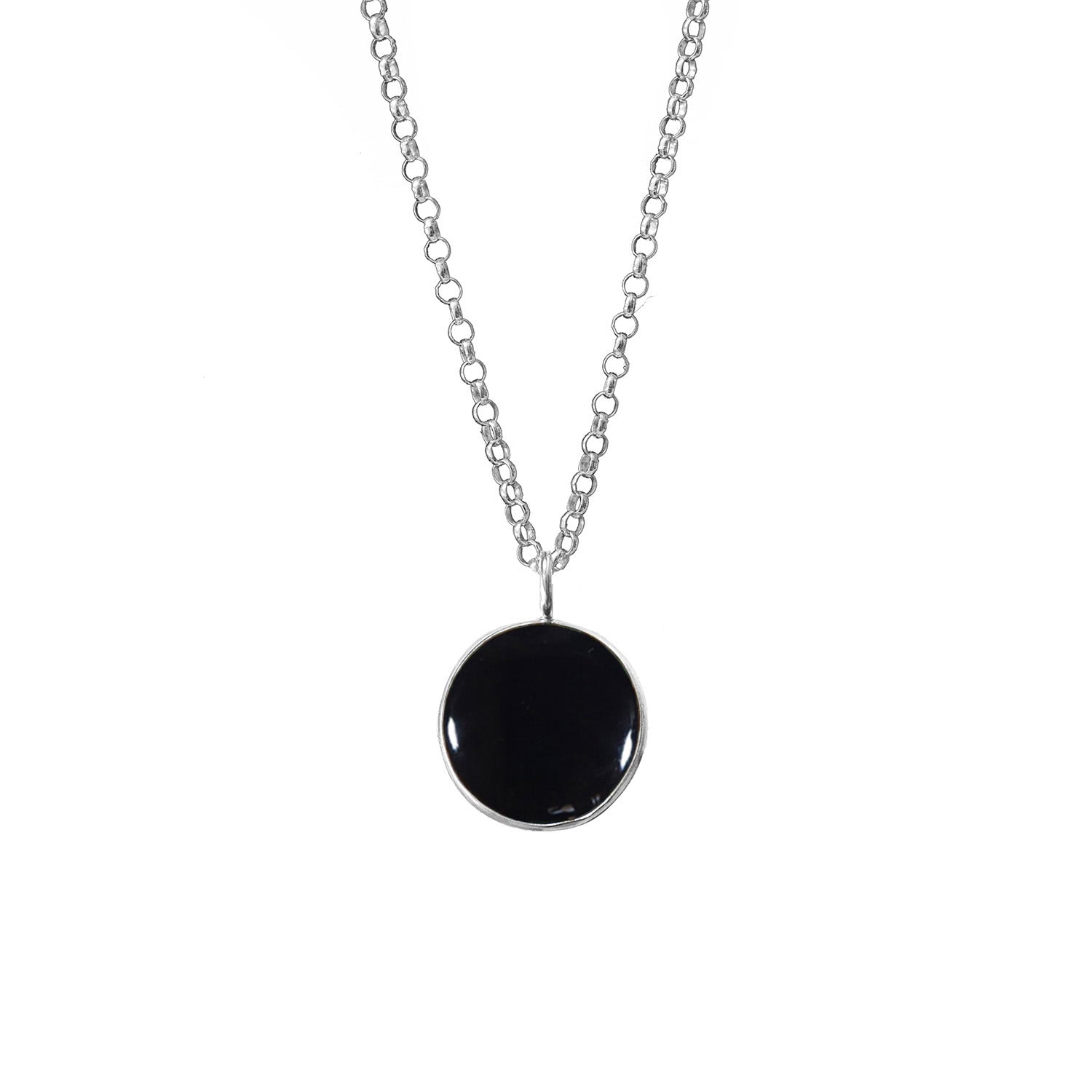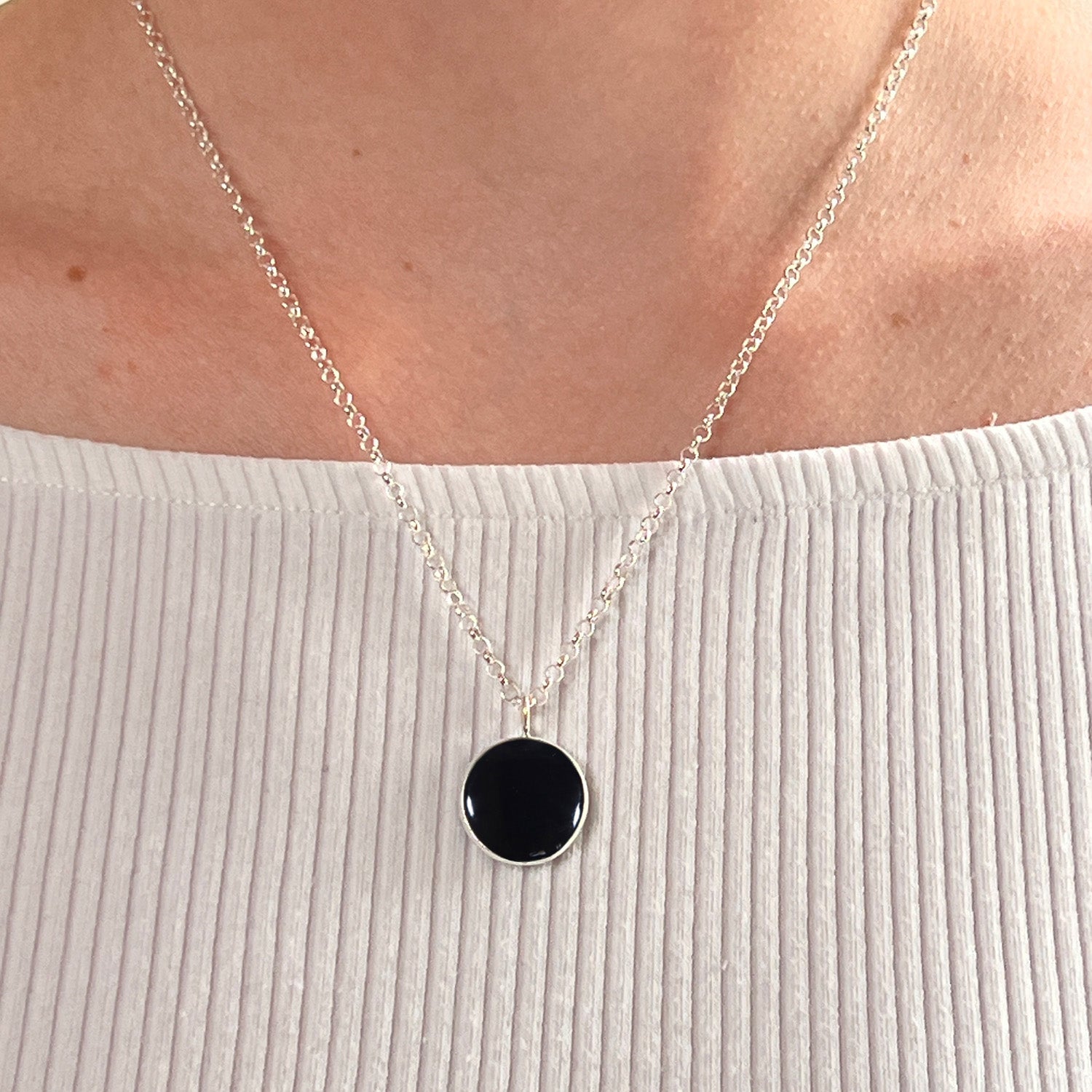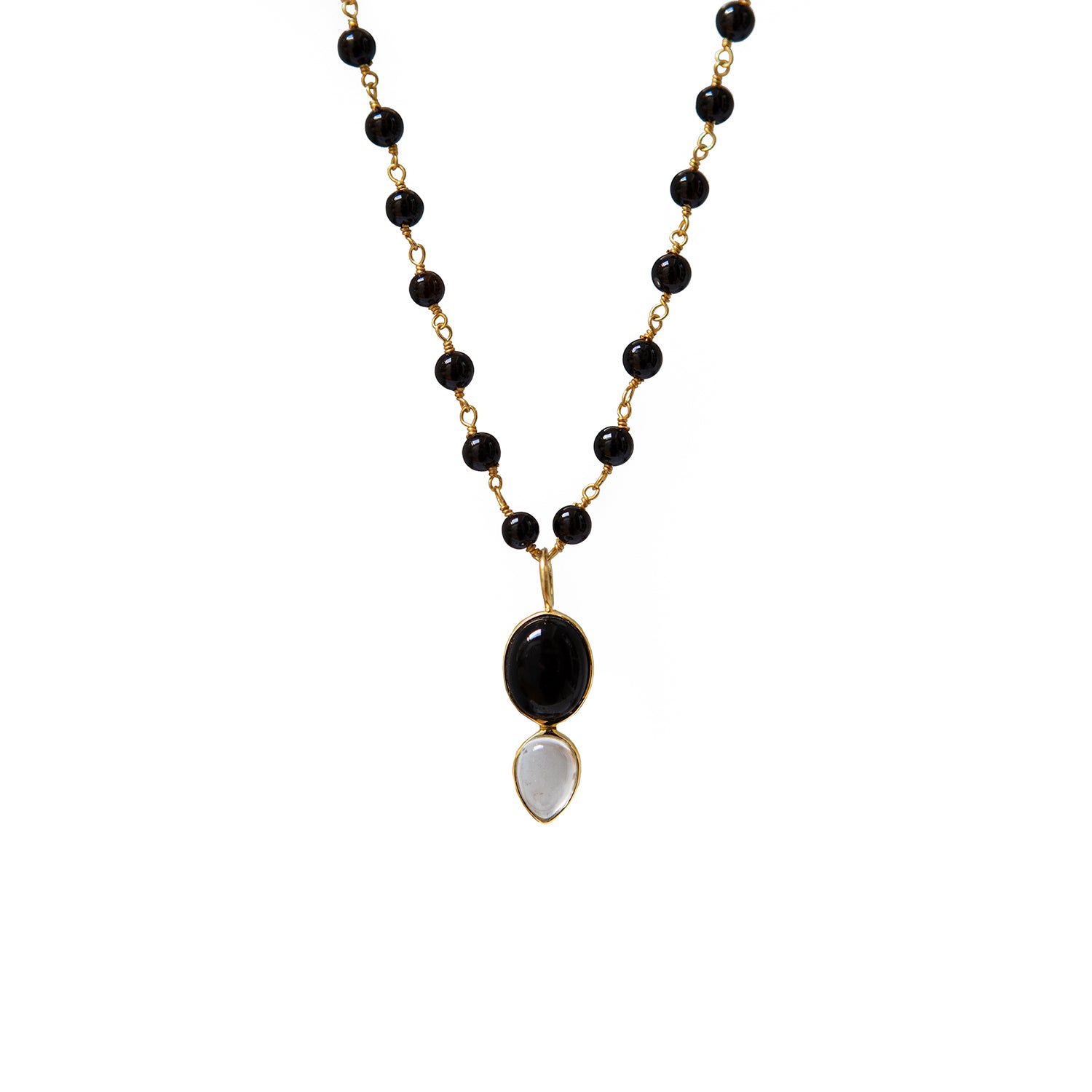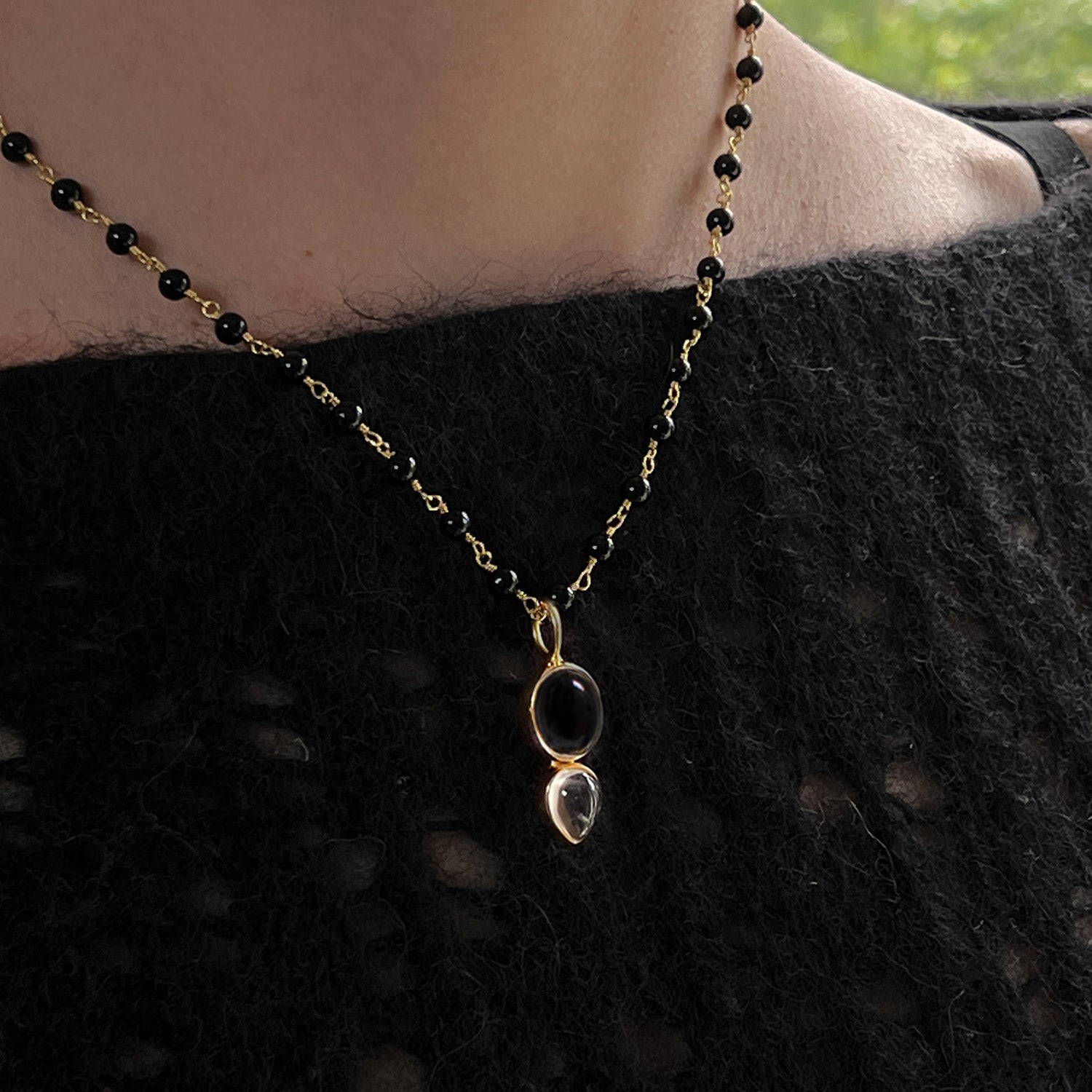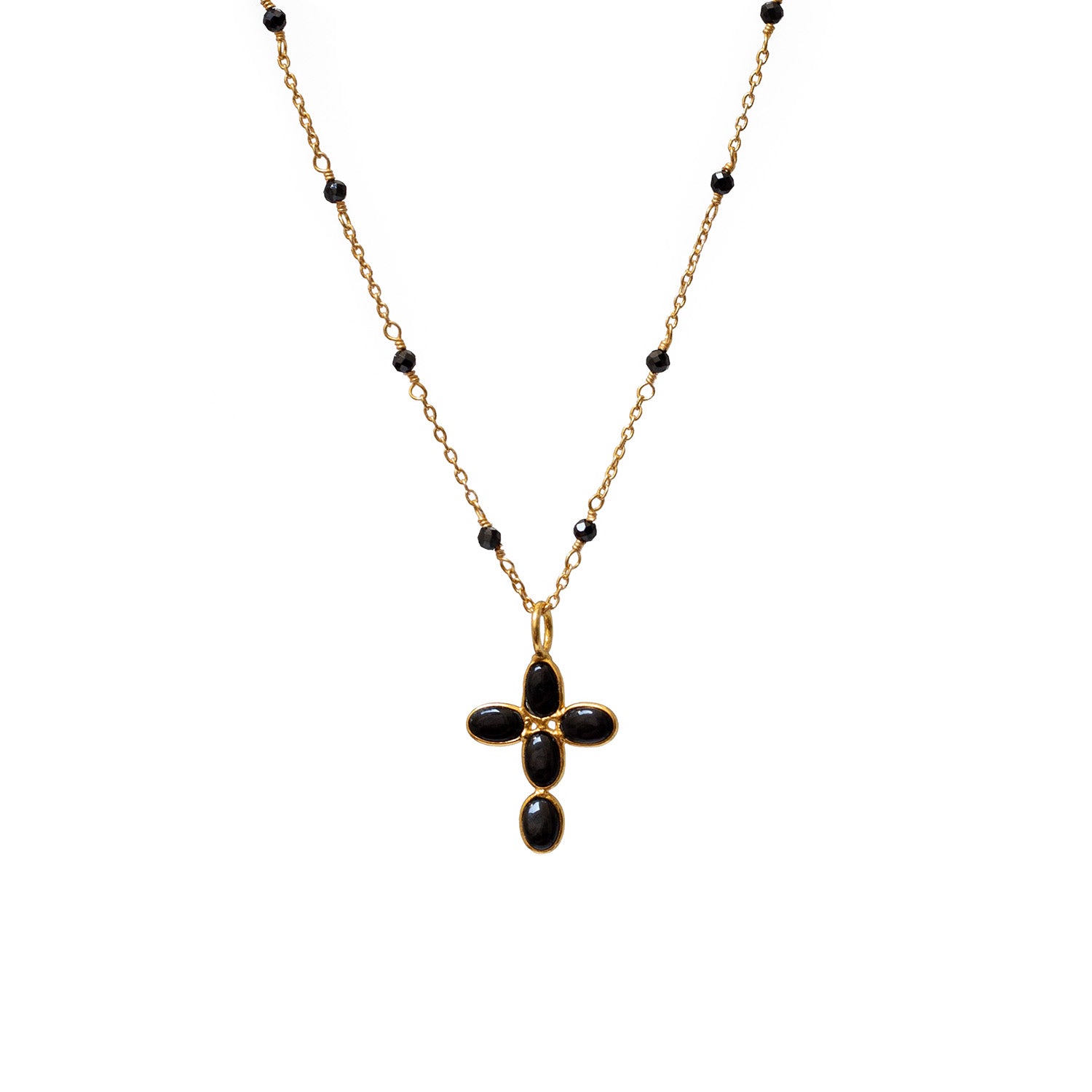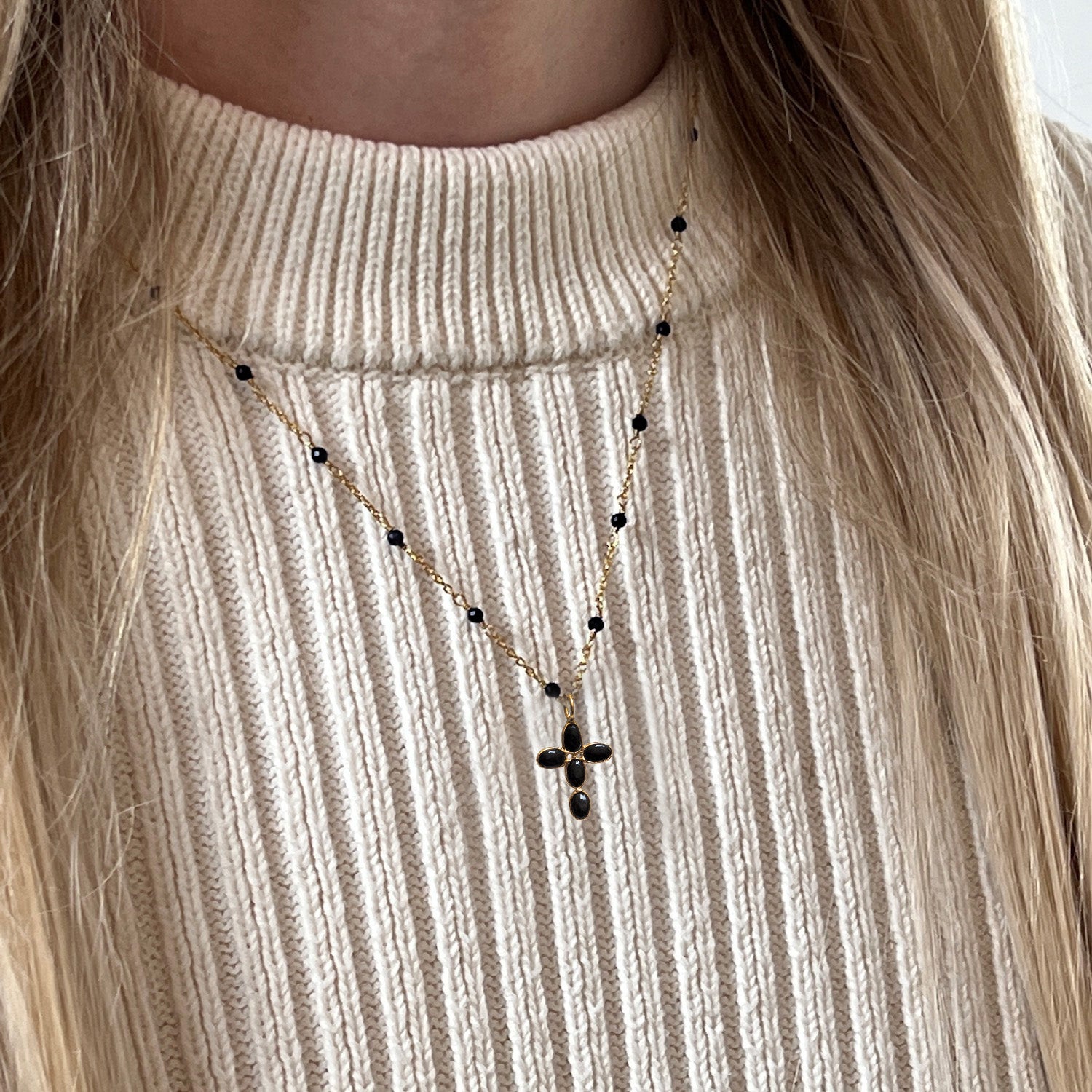Opals

Unique fire opal from Ethiopia
The scientific facts
Opals are a type of hydrated silica, prized for their distinctive play-of-color—a phenomenon where vibrant flashes of color appear on the stone’s surface as it catches the light. This optical effect, known as “opalescence,” makes each opal unique, with patterns and colors that range from fiery reds and oranges to cool blues and greens.
History
Opals have a rich history, with the earliest known sources dating back to 4000 BC in what is now Slovakia. The stone was highly valued in ancient civilizations, with opals being traded along the Silk Road and used in jewelry and decorative objects.
The most famous historical source of opals was Hungary, which was the primary supplier of opals to Europe for centuries. However, in the 19th century, vast opal deposits were discovered in Australia, which quickly became the world’s leading source of the gemstone. Australian opals, particularly black opals from Lightning Ridge, are now considered some of the finest in the world.
For centuries, opal symbolism included associations with royalty and good luck. However, in modern times, this gemstone has become the object of many negative — and unfounded —
Wearing opal as a jewellery stone is a relatively modern practice. However, in ancient times, people wore this stone for various reasons. Many considered opal to be beneficial to the eye and wore it to cure eye diseases.
Mythology
Ancient Greece and Rome: The Greeks and Romans believed opals were connected to various deities. One popular Greek origin story states opals were Zeus’ crystalized tears after he struck down his father to defeat the Titans. Falling from the heavens, the gemstone captured the rainbow colors within its shape.
Australia: Opals are deeply significant in Aboriginal Australian culture, where they are believed to hold spiritual energy. According to Aboriginal legend, the Creator came down to Earth on a rainbow, and when His foot touched the ground, the stones beneath began to sparkle with all the colors of the rainbow, creating opals.
Medieval Europe: In the Middle Ages, people attributed magical powers to opals, believing the stone brought wearers good luck. They often used them in amulets and protective talismans. One myth stated holding an opal wrapped in a fresh bay leaf would render the holder invisible. As a result, they gained a popular reputation as the patron gemstone of thieves, robbers, and spies.
Arabia: Arabian myths suggest that opals fell from the heavens in flashes of lightning, which is why the stones shimmer with a rainbow of colors.
Opal colours properties
White Opals
White Opal purifies our own energy field and attracts Angels and other Spirit Guides to us. White Opal deepens meditation and can also be used to align the Chakras and balance male/female energies. It stimulates our natural psychic abilities and encourages us to use them in alignment with integrity and discernment.
White opal has a calming effect and elevates our vibration.

Fire Opals

In addition to its lustrous appearance, there is a worldwide cultural and spiritual connection with the fire opal gem. Many cultures believe it has a spiritual power that enhances one's creativity and passion.
Fire opal is a stone believed to promote passion, self-confidence, and creativity, particularly by stimulating the base and sacral chakras. It's used in alternative medicine to boost vitality, improve blood circulation, aid sexual function, and balance hormones, while also serving as an energy amplifier to combat fatigue and stimulate motivation.
Fire opals symbolize passion, warmth, and love. They represent deep emotional healing and trust in everything happening for a reason. When given as a gift, these stones are a symbol of loyalty and friendship.
Hydrophane Nature:
They are hydrophane opals, meaning they can absorb water and temporarily lose their play-of-color, which may be linked to properties that help with hydration.
Dont be alarmed, mine did just this and regained her colour after a few days .
Avoid to wear them in water
Do not put opals in direct light as they are very sensitive and could lose their colours
It is a fragile stone , but so beautiful !
Peruvian Opals
Peruvian opal is found in Peru, South America. It is known for its distinctive pastel colors, including shades of blue, green, pink, and purple.
It lacks the fire of other opals but is used in jewellery for its calming, emotionally balancing properties, and is often associated with the heart and throat chakras, offering peace, confidence, and improved communication.

Last but not least , Black opals
Black Opal offers complete protection of one's emotional body and aura. This crystal provides one with an etheric shield against negative energy as well as another person’s emotional toxicity.

New In


